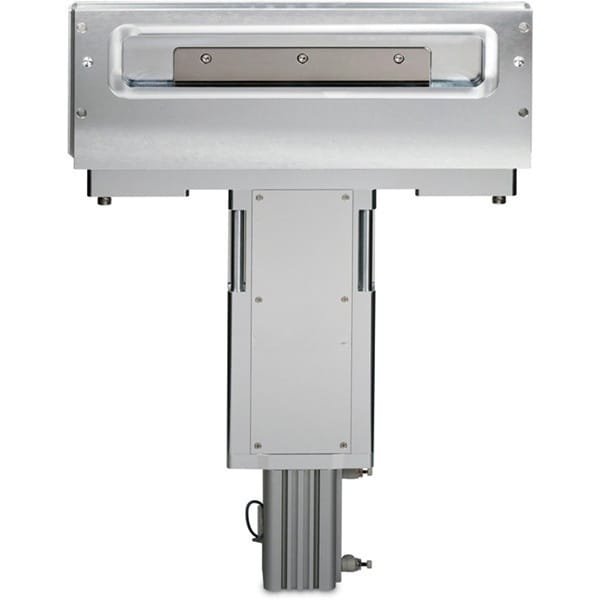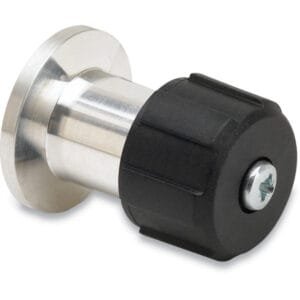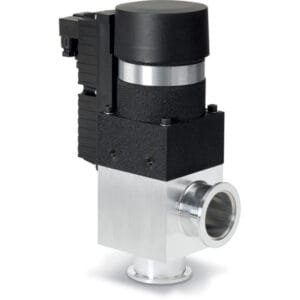Features
- Standards Compliance: Designed to meet semi-standard applications, including SEMI E21-94, SEMI E24-92, and SEMI E21.1-1296.
- Innovative Actuation Technology: Incorporates a patented L-motion link and dual shifts that operate without springs in the actuator, allowing for quicker and smoother movements while minimizing vibration.
- Enhanced Dust Protection: Features a dust seal located on the vacuum side of the bonnet flange, effectively preventing particles from entering the bellows.
- Secure Positioning: The mechanical locking mechanism ensures that the valve remains securely in place at the end of its travel.
- Reliable Sealing: Equipped with a welded bellows actuator seal for added durability.
- Efficient Actuation: Utilizes a single pneumatic actuator for streamlined operation.
- User-Friendly Design: Bonnet flange bolts are designed with retainers to prevent loss during disassembly.
Options
- Custom Sizing: Available in various custom sizes to fit specific requirements.
- Diverse O-ring Compounds: Choose from a range of O-ring materials, including Kalrez® and Chemraz®, to suit different applications.
Specifications Table
| Temperature (°C) | Valve body: 150°C Valve actuator: 80°C |
| Pressure Range (torr) | 1 X 10-9 mbar – ATM |
| Differential Press (torr) | ≤ 1.2 bar in either direction |
| Material | Valve body, bonnet seal, gate: AL6061 Welded bellows: AM350 Valve actuator: SS 304, AL6061 |
| Seal Material | Fluorocarbon (option KALREZ, ETC) |
| Leak Rate (cc/sec) | <1 X 10-9 mbar. l/s |
| Cycles Until Service (approx.) | ≥ 2 million |
| Position Indicator | FESTO: SME-8M-DS-24V-K-2.5-OE |
| Operation | Double acting |
Dimensional Drawings






Reviews
There are no reviews yet.